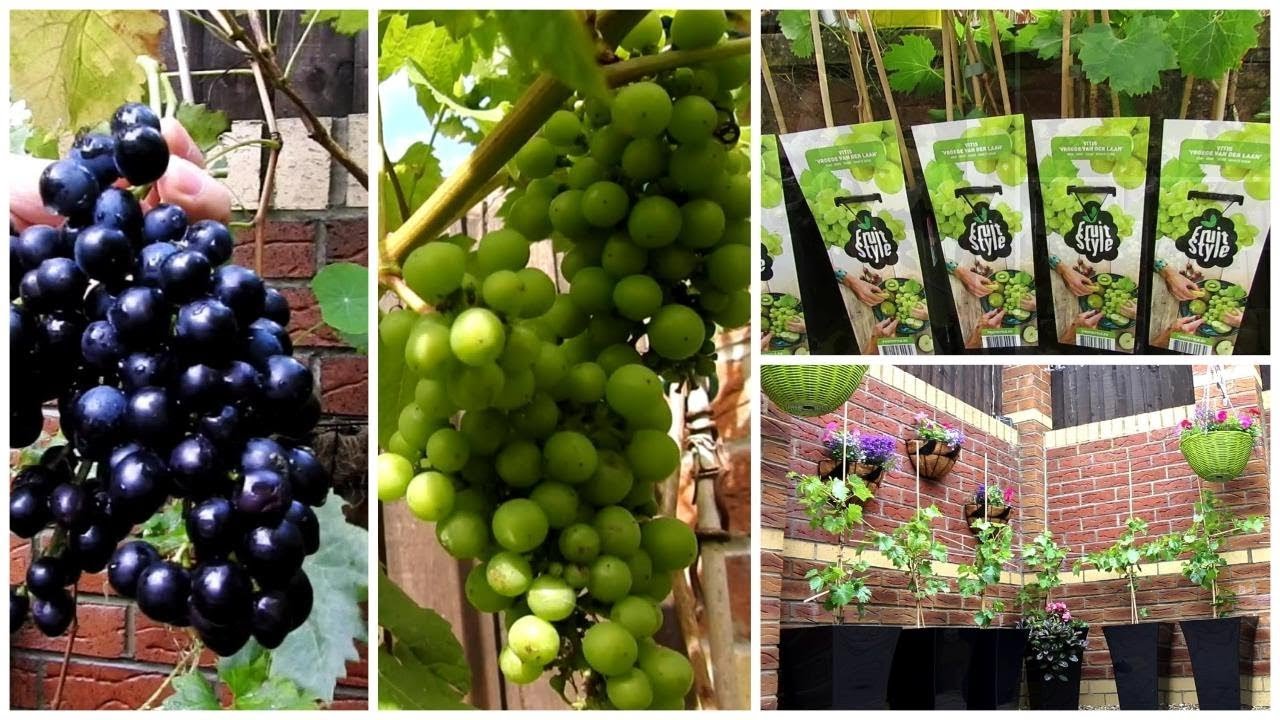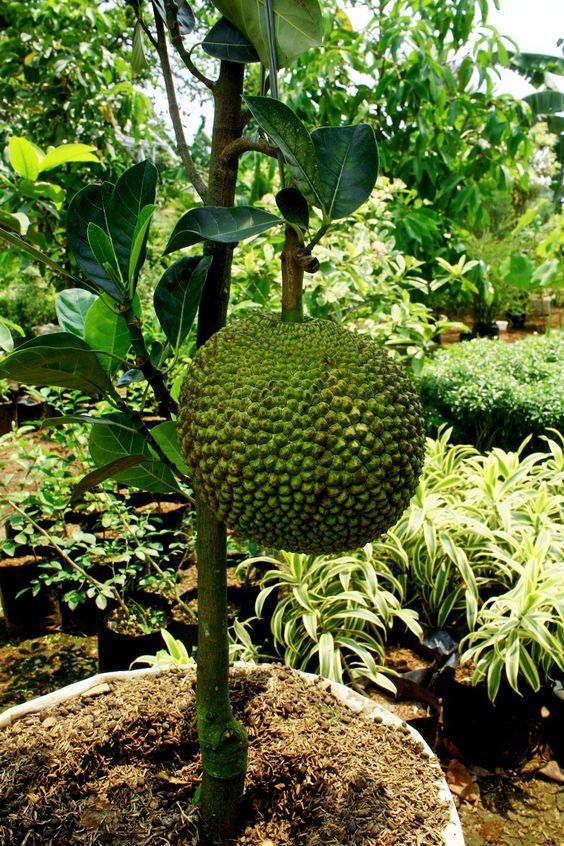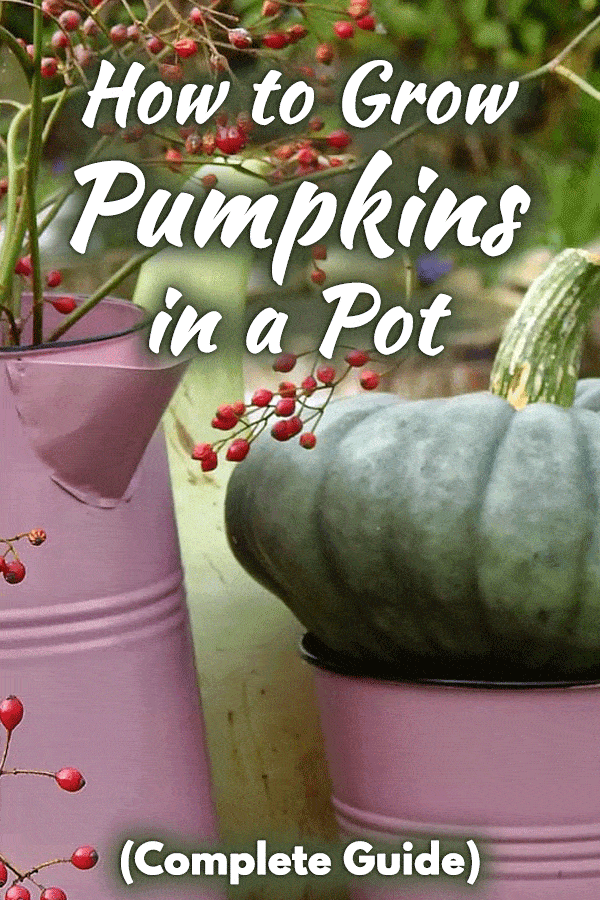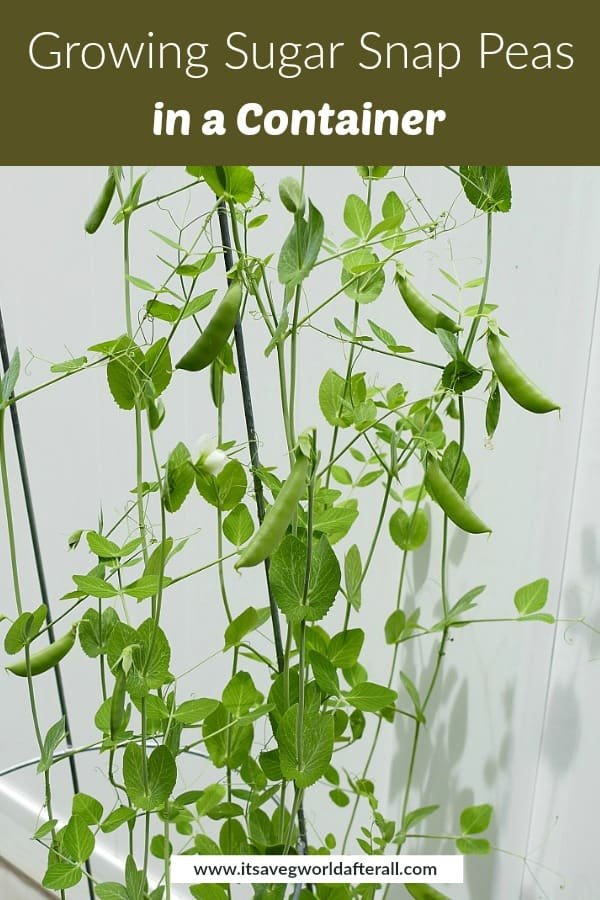how to grow grapes in a pot – [Beginners Guide]
Are you looking to bring some greenery and fresh produce into your home but feel limited by a lack of space? Fear not, for growing grapes in a pot could be the solution you’re looking for. Not only does it make for an attractive addition to your home decor, but it’s also a great way to enjoy the sweet, juicy fruits without needing a large garden or vineyard.
I have been growing grapes in pots for a few years now and have found it to be a fantastic option for small-space gardening. It’s also an excellent way to try your hand at growing fruit, even if you’re a novice gardener. Plus, the satisfaction of being able to harvest your own grapes and enjoy them fresh or in homemade wine or jams is unmatched.
In this guide, we’ll explore the ins and outs of growing grapes in a pot. We’ll cover everything from selecting the right pot and soil, to choosing the best variety of grape, and caring for your plants throughout the growing season. Whether you’re a seasoned green thumb or a beginner, you’ll find everything you need to know to grow healthy grape vines right in your own home.
So, grab your gardening gloves and let’s dive in!
Pot or container selection
Growing grapes in a pot requires a similar consideration when it comes to choosing the right pot. Here’s what you need to know about the size and construction of the pot for optimal grape growth.
Size and capacity
Grapes are vigorous growers and require ample space to spread their roots and grow healthy vines. For a single grapevine, you’ll need a pot that is at least 15-20 gallons (57-76 liters) in capacity, and the diameter should be a minimum of 18-24 inches (46-61 cm). If you plan to grow more than one grapevine in the same pot, increase the pot’s size accordingly. Keep in mind that the larger the pot, the better the chances of your grapevine’s success.
Construction
The construction of the pot is crucial for the health of your grapevine. Here are some things to consider:
- Material: Choose a pot made of a durable material, such as terracotta, fiberglass, or plastic. Avoid metal or wooden pots as they may leach chemicals into the soil or rot over time. Terracotta pots are a good choice as they allow air and water to pass through the pot’s walls, which helps the grapevine’s roots to breathe.
- Drainage: Make sure your pot has drainage holes at the bottom to prevent waterlogging, which can cause root rot. Ensure that the holes are of an adequate size and not blocked by any debris or soil. You can also elevate the pot on bricks or stones to improve drainage.
- Support: As grapevines grow, they need support to prevent them from falling over and damaging themselves. Consider adding a trellis or support system to your pot to keep the vines upright.
In summary, choose a pot that is large enough for your grapevine to grow, made of a durable material, has proper drainage, and has support for the growing vines. With the right pot, your grapevine will thrive, and you’ll soon be harvesting juicy grapes right from your own home
Make suitable soil mix
When it comes to growing grapes in a pot, selecting the right soil mix is just as crucial. Grapevines have specific soil requirements that are different from other plants. Here are some things to consider when selecting soil for your grapevines:
Type
Grapevines prefer a well-draining soil mix that is rich in organic matter. A high-quality potting mix specifically formulated for fruit trees or grapes is a good option. These mixes usually contain a blend of peat moss, perlite or vermiculite, compost, and other organic materials that provide good drainage, aeration, and nutrient retention.
Mixture
To give your grapevines a boost, you can consider adding some amendments to your soil. Some options include:
- Compost: Adding compost to your soil can help improve its structure, water-holding capacity, and nutrient content.
- Organic fertilizers: You can use organic fertilizers, such as bone meal or fish emulsion, to provide additional nutrients for your plants.
- Soil pH adjusters: Grapevines prefer a slightly acidic to neutral soil pH (between 5.5 and 7.0). You can use sulfur or aluminum sulfate to lower the pH of your soil, or lime to raise it.
- Perlite or vermiculite: These materials can help improve drainage and aeration in your soil mix, which is important for grapevine growth.
By selecting the right soil mix and adding the right amendments, you can create a favorable environment for your grapevines to thrive in your pot. Remember, good soil composition is essential for the optimal growth of your plants, so it’s worth investing some time and effort into getting it right
How to plant the grapes?
Here is a step-by-step guide to planting grapes in a pot at home:
Step 1: Choose the right pot
Choose a pot that is at least 15-20 gallons in size, with good drainage holes at the bottom. This size will allow the roots enough space to grow and will keep the plant stable.
Step 2: Prepare the soil mix
Use a high-quality potting mix specifically formulated for growing grapes. This mix should be well-draining, light, and rich in organic matter. You can also add some compost or well-rotted manure to enrich the soil.
Step 3: Plant the grapevine
Choose a healthy grapevine that is suitable for container growing, and gently loosen the roots. Place the grapevine in the center of the pot and fill in around the root ball with the soil mix. Make sure the crown of the plant is at soil level or slightly above.
Step 4: Support the grapevine
Most grapevines need support as they grow. You can use a trellis, stake, or a wire cage to support the plant. Make sure the support structure is sturdy and is placed in the pot before planting the grapevine.
Step 5: Water and fertilize
Water the grapevine deeply after planting and keep the soil evenly moist. Do not overwater as this can cause root rot. Fertilize the grapevine regularly with a balanced fertilizer, following the instructions on the package.
Step 6: Prune and train the grapevine
Prune the grapevine in the dormant season to remove dead, diseased or damaged wood, and to control its size. Train the grapevine to grow up and around the support structure, and remove any lateral shoots that emerge from the base of the plant.
Step 7: Harvest the grapes
Once the grapevine starts producing fruit, monitor the ripeness of the grapes and harvest them when they are fully ripe. Enjoy the delicious and juicy fruits of your labor!
In summary, planting grapes in a pot requires a suitable container, well-draining soil mix, sturdy support, regular watering and fertilizing, and pruning and training to promote healthy growth and fruit production.
How to care for grapes?
Growing grapes in a pot at home can be a fun and rewarding experience. To help your grape plant thrive, follow these tips for care and maintenance:
Watering Requirement
Grapes need regular watering to stay healthy and productive. However, overwatering can lead to root rot, while underwatering can cause the leaves to wilt and the fruit to shrivel. As a general rule of thumb, water your grape plant deeply once or twice a week, depending on the weather and soil conditions. Check the soil moisture level by sticking your finger about an inch into the soil. If it feels dry at that depth, it’s time to water.
Fertilizer Requirement
Grapes are heavy feeders and will benefit from a steady supply of nutrients. Use a balanced fertilizer, such as a 10-10-10 formula, according to the package directions. Alternatively, you can use a slow-release fertilizer or compost to provide a steady supply of nutrients over time. Fertilize your grape plant once a month during the growing season, which is typically from spring to fall. Avoid overfertilizing, as this can lead to excessive foliage growth at the expense of fruit production.
Sunlight Needs
Grapes need plenty of sunlight to thrive, so choose a spot in your garden or patio that gets at least 6 hours of direct sunlight per day. If you don’t have a sunny spot outdoors, you can also grow grapes in a sunny window indoors using a grow light.
Pruning & Training
Pruning and training grape plants is important for maintaining their shape, promoting fruit production, and preventing disease. Here are some tips for pruning and training your grape plant:
In the first year, prune the plant back to one or two strong shoots and remove any lateral shoots.
In the second year, select two or three strong lateral shoots and train them along a trellis or support system.
Each year, prune back the lateral shoots to about 5 buds to promote new growth and fruit production.
Remove any dead, damaged, or diseased wood as needed.
Train the shoots along the trellis or support system to keep the plant upright and to promote air circulation.
Other Care
In addition to watering, fertilizing, and pruning, there are a few other things you can do to care for your grape plant:
Mulch the soil around the plant to help retain moisture and suppress weeds.
Use a trellis or support system to keep the plant upright and to promote air circulation.
Be on the lookout for pests and diseases. Common problems include powdery mildew, black rot, and spider mites. If you notice any issues, take action immediately to prevent them from spreading.
Harvest the grapes when they are ripe, which is typically in late summer or early fall. Grapes are ready to harvest when they are plump, juicy, and slightly soft to the touch.
Common problems
Other Issues
In addition to the common problems mentioned above, there are other issues that grapes grown in pots may face:
- Root-bound plants: Grapes can quickly outgrow their pots and become root-bound, which can lead to stunted growth and poor production. To prevent this, transplant your grape plant into a larger pot every 2-3 years or when you notice the roots are starting to grow out of the drainage holes.
- Waterlogging: Overwatering or poor drainage can lead to waterlogged soil, which can cause root rot and other fungal diseases. To prevent this, make sure your pot has proper drainage holes and avoid overwatering.
- Heat stress: Grapes are sensitive to high temperatures, especially during the fruiting stage. To prevent heat stress, provide your plant with shade during the hottest parts of the day and avoid placing it in areas that receive direct sunlight for long periods of time.
- Poor pollination: Grapes require pollination to set fruit, and indoor-grown plants may not have access to enough pollinators. To help with pollination, you can use a small paintbrush to transfer pollen from one flower to another, or gently shake the plant to release pollen.
- Fruit splitting: Grapes may split if they receive inconsistent watering, especially during periods of rapid growth. To prevent fruit splitting, water your plant regularly and evenly.
By being aware of these common problems and taking the necessary steps to prevent or address them, you can help ensure that your grape plant grows and produces optimally.
Harvesting & storing homegrown grapes
When to Harvest and Store Homegrown Grapes:
Harvesting grapes at the right time is important for getting the best flavor and sweetness. Generally, grapes are ready for harvesting in late summer to early fall, depending on the climate and variety. To determine if grapes are ready for harvest, look for these signs:
Color: Grapes should have a consistent color across the bunch, with no green or underripe grapes. The color depends on the variety, but generally, they will be a deep shade of red, purple, green, or black.
Taste: Try a few grapes and see if they are sweet and flavorful. If the grapes are sour or acidic, they need more time on the vine.
Firmness: Grapes should be firm and plump. They should not be too soft or mushy, as this indicates overripe grapes.
When harvesting grapes, use a sharp pair of scissors or pruning shears to cut the bunches from the vine. Leave a small stem attached to the grapes, as this will help them last longer. Avoid pulling or twisting the grapes off the vine, as this can damage the plant.
After harvesting, it’s important to store grapes properly to keep them fresh. Here are some tips for storing homegrown grapes:
Remove any damaged or moldy grapes before storing.
Store grapes in a perforated plastic bag or in a container with a lid that has small holes for ventilation. This will help prevent moisture buildup, which can cause grapes to spoil.
Store grapes in the refrigerator to keep them fresh for up to 7 days. Make sure they are dry before storing, as moisture can cause them to mold.
If you have a large harvest and need to store some of the grapes for later, you can freeze them. To do this, wash and dry the grapes, then remove them from the stem and place them on a baking sheet. Freeze the grapes until solid, then transfer them to a resealable bag and store them in the freezer for up to 6 months.
By following these tips, you can enjoy the sweet and delicious taste of homegrown grapes all year round.
Growing grapes in container – Conclusion
Congratulations on completing this guide on growing grapes in a pot! By now, you should have a good understanding of how to select the right pot and soil, plant and care for your grapevines, and troubleshoot common issues that may arise during the growing process.
Growing grapes in a pot can be a fun and rewarding experience that allows you to enjoy fresh, homegrown fruit right from your own backyard or balcony. With the right information and a little bit of patience, anyone can successfully grow grapes in a pot.
So why not give it a try? With the proper care and attention, you could soon be harvesting your very own grapes. Whether you use them to make jam, juice, or simply enjoy them as a healthy snack, there’s nothing quite like the satisfaction of growing your own food.
So go ahead and put the tips and tricks you’ve learned into practice. Don’t be afraid to experiment and make mistakes – after all, that’s part of the learning process! We hope this guide has inspired you to try your hand at growing grapes in a pot and wish you the best of luck in your gardening journey.








